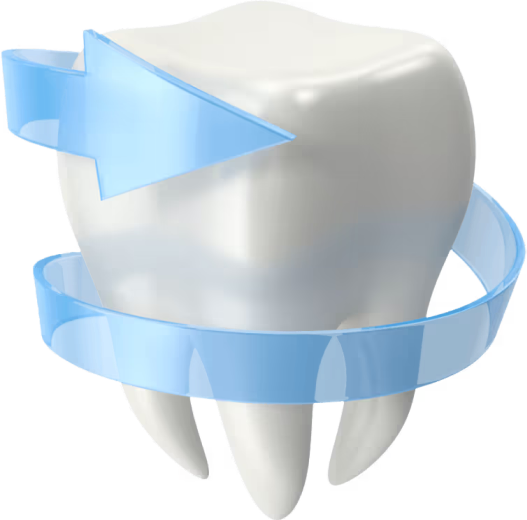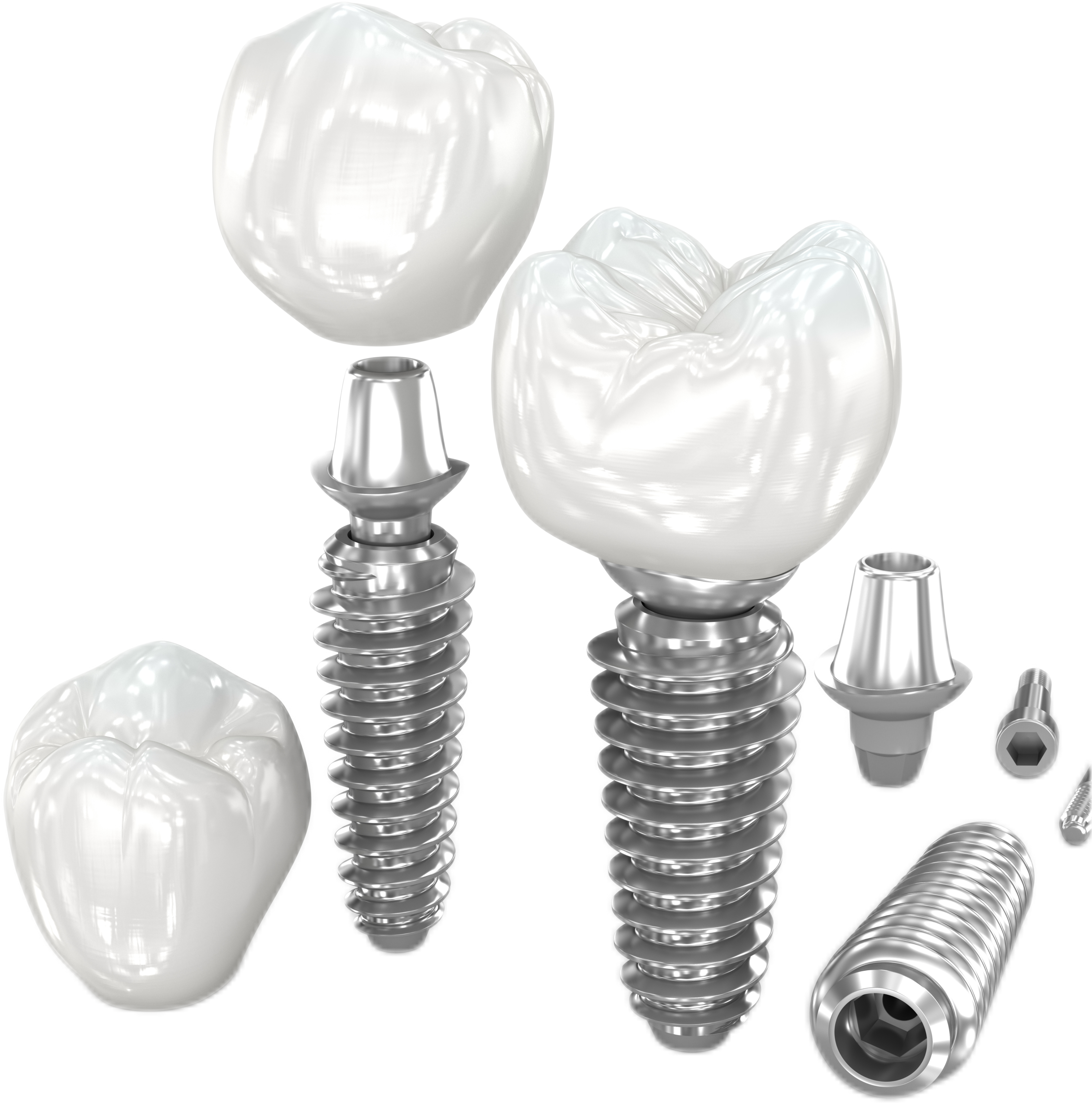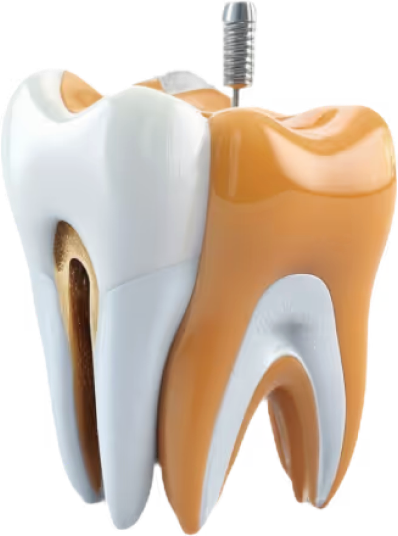Beautiful Smiles Ontario: Your Family-Friendly Dentist for Radiant Smiles


Voted Top Dentist in Ontario
Experience gentle, modern dental
care in Ontario, CA designed to keep your
smile healthy, bright, and confident—
every step of the way.


We’re Open
From Monday to Friday
10 am - 6 pm
Our Comprehensive Dental Services
Same Day Services
Stay ahead of dental issues with regular exams and same day services. Yes, even same day crowns!

Invisalign
Achieve a straighter smile discreetly with Invisalign clear aligners. Don’t wait to take the next step towards a beautiful smile – get an Invisalign consultation today!

Dental Implants
Transform your smile with our expert cosmetic dentistry services! From teeth whitening and dental implants to complete smile makeovers, we help you achieve the beautiful, confident smile you've always dreamed of.

Root Canals
Dr. Hosny is an expert in root canal treatment, providing gentle and effective care to save damaged teeth and relieve pain.

Life is busy, and we understand that your time is valuable. Beautiful Smiles Ontario offers convenient same-day services for certain treatments, ensuring you get the care you need without unnecessary delays. This includes procedures like emergency extractions, certain fillings, and temporary crowns, designed to fit seamlessly into your schedule. Our efficient processes and dedicated team work to provide high-quality care without compromising on thoroughness or patient comfort. We strive to minimize your wait times and maximize your convenience, making dental care accessible even with a packed schedule. Call us to schedule and inquire about our same-day availability!
Invisalign offers a modern alternative to traditional braces, using a series of custom-made, virtually invisible aligners to gradually shift your teeth into their ideal position. It's comfortable, removable, and allows you to eat your favorite foods without restrictions, making it a popular choice for adults and teens alike. Discover how Invisalign can transform your smile and boost your confidence, all without the noticeable appearance of metal braces.
Our personalized approach begins with a thorough consultation to understand your aesthetic goals. We utilize advanced techniques and high-quality materials to correct imperfections, brighten discolored teeth, and reshape your smile, ensuring results that are both stunning and natural-looking. Imagine the confidence that comes with a truly radiant smile – we're here to make it a reality, enhancing not just your appearance but your overall self-esteem.
A root canal becomes necessary when the pulp inside a tooth becomes inflamed or infected, often due to deep decay, repeated dental procedures, or a crack in the tooth. Our advanced techniques and compassionate approach ensure a comfortable experience, preserving your natural tooth and preventing the need for extraction. We focus on eliminating infection and restoring the tooth's health and function, allowing you to keep your natural smile for years to come.
Smiles make the first
impression
At Beautiful Smiles Ontario, you’ll experience exceptional dental care in an inviting, comfortable environment where your health and smile come first. Led by the highly acclaimed Dr. Hosny, our practice is renowned for excellence in both general and cosmetic dentistry. Dr. Hosny has earned multiple prestigious awards, including Top General Dentist 2020, Best in Cosmetic Dentistry 2023, and a Top Doctor Award, reflecting his outstanding skill, dedication, and patient care. His commitment to staying at the forefront of dental innovation means our patients always receive the most advanced and effective treatments available. Dr. Hosny believes in a patient-centered approach, taking the time to listen to your concerns, explain treatment options thoroughly, and ensure you feel empowered in your dental health decisions. He is passionate about creating beautiful, healthy smiles and building lasting relationships with every patient.
Smiles make the first
impression
At Beautiful Smiles Ontario, you’ll experience exceptional dental care in an inviting, comfortable environment where your health and smile come first. Led by the highly acclaimed Dr. Hosny, our practice is renowned for excellence in both general and cosmetic dentistry. Dr. Hosny has earned multiple prestigious awards, including Top General Dentist 2020, Best in Cosmetic Dentistry 2023, and a Top Doctor Award, reflecting his outstanding skill, dedication, and patient care. His commitment to staying at the forefront of dental innovation means our patients always receive the most advanced and effective treatments available. Dr. Hosny believes in a patient-centered approach, taking the time to listen to your concerns, explain treatment options thoroughly, and ensure you feel empowered in your dental health decisions. He is passionate about creating beautiful, healthy smiles and building lasting relationships with every patient.
Why Choose Beautiful Smiles Ontario?
Community-Centric Healthcare
Our dental office has been a pillar of dental health in the Ontario community for years. We pride ourselves on building lasting relationships with our patients, offering personalized care that feels like family. We are deeply invested in the well-being of our community, participating in local events and striving to make quality dental care accessible to everyone. When you choose Beautiful Smiles Ontario, you're not just a patient; you're a valued member of our extended family, and we treat you with the respect and compassion you deserve, fostering a sense of trust and belonging.
Patient Comfort & Care
Your comfort and health are our top priorities. We strive to create a relaxing and stress-free environment, utilizing gentle techniques and clear communication to make every visit a positive experience. We understand that dental anxiety is real, and we offer various amenities and approaches to ensure your visit is as comfortable as possible. From comfortable chairs to a friendly staff ready to answer your questions, we focus on making your dental care experience pleasant and reassuring, ensuring you feel at ease throughout your treatment.
30+
Years of Experience
With over three decades of experience, Dr. Hosny and our team have earned the trust of generations. Our practice has grown with our patients, adapting and expanding to better meet your family’s evolving dental needs. This extensive experience means we've encountered and successfully treated a vast array of dental conditions, giving us unparalleled expertise. You can rest assured that you are in highly capable hands, benefiting from a legacy of excellence and a deep understanding of dental health that only comes with years of dedicated practice.
Expert & Comprehensive Services
From routine check-ups and cleanings to advanced cosmetic procedures and restorative treatments, we offer a full range of services under one roof, ensuring continuity of care and convenience for your family. Our comprehensive approach means you won't need to visit multiple specialists for different treatments. We provide integrated care, from preventative measures to complex procedures, all delivered with the same high standards of quality and attention to detail, simplifying your dental journey and saving you valuable time.
What our patients say
We are proud to be recognized for our exceptional patient care and commitment to excellence. Our patients' testimonials reflect our dedication to providing a superior dental experience, where every individual feels heard, respected, and cared for.
Paul H.
"Absolutely no pain, stress. or anxiety. Dr. Kazem Hosny has a great personality to make you feel comfortable and lighten the mood. Nothing but a great experience and PAIN FREE from start to finish."
Fernando L.
"Just began the 1st step in having an implant done. Less painful than having a cavity filled. Dr. Hosny knows what he's doing. I have been coming here a couple of years and am very happy with the level of service provided by his office. I would highly recommend Dr Hosny..
And Des at the front office knows her stuff."
Luis D.
"I have been going here for a couple years now and every time the staff is friendly and knowledgeable. They take good care to explain the process and procedures that are taking place to help easy any anxiety or nervousness. 10/10 I recommend them to everyone I know and I have both me parents coming here too and my brothers will be going here soon."
Our Commitment to Advanced Technology
At Beautiful Smiles Ontario, we believe that integrating the latest dental technology enhances both the quality of care and the patient experience. Our state-of-the-art office is equipped with cutting-edge tools designed to make your visits more efficient, comfortable, and effective. We utilize digital X-rays, which significantly reduce radiation exposure compared to traditional film X-rays, while providing clearer, more detailed images for accurate diagnosis. Intraoral cameras allow you to see exactly what we see, fostering a greater understanding of your oral health and treatment needs.
For precision and comfort, we also incorporate advanced laser dentistry techniques for certain procedures, minimizing discomfort and promoting faster healing. Our commitment to technology extends to our sterilization protocols, where we adhere to the highest standards to ensure a safe and hygienic environment for every patient. By continually investing in modern dental innovations, we ensure that Beautiful Smiles Ontario remains at the forefront of dental care, providing you with the best possible outcomes and a truly superior dental experience.

General Dentistry
Routine check-ups, cleanings, and preventative care for the whole family, focusing on long-term oral health.
Cosmetic Dentistry
Enhance your smile with veneers, whitening, and aesthetic treatments designed for a radiant transformation.
Dental Implants
Permanent solutions for missing teeth, restoring function and aesthetics with durable, natural-looking replacements.
Patient Resources & Education
Empowering our patients with knowledge is a cornerstone of our practice. We believe that a well-informed patient is better equipped to make decisions about their oral health and maintain a beautiful smile for life. Our team is always available to discuss best practices for brushing and flossing, dietary advice for healthy teeth, and the importance of regular dental check-ups. We also provide resources on understanding common dental conditions, such as gum disease, cavities, and tooth sensitivity, explaining their causes, symptoms, and effective treatment options.
Whether you're curious about the benefits of fluoride, how to care for your child's first teeth, or what to expect during a specific procedure, we're here to guide you. Our goal is to demystify dentistry and help you feel confident and in control of your oral health journey. Don't hesitate to ask our friendly staff any questions you may have during your visit – we're dedicated to being your trusted partners in achieving and maintaining optimal dental wellness.

FAQ
1. Do you accept new patients?
Absolutely! Beautiful Smiles Ontario is always welcoming new patients and families. We look forward to providing you with exceptional dental care. Please call us to schedule your first appointment.
2. What should I expect during my first visit?
Your first visit typically includes a comprehensive oral examination, digital X-rays (if needed), and a professional cleaning. We'll discuss your dental history, any concerns you may have, and create a personalized treatment plan tailored to your needs. Our goal is to make you feel comfortable and informed every step of the way.
3. Do you offer emergency dental services?
Yes, we understand that dental emergencies can happen unexpectedly. We offer prompt and compassionate emergency dental care to address urgent issues like severe toothaches, chipped teeth, or lost fillings. Please call our office immediately if you are experiencing a dental emergency.
4. What payment options and insurance do you accept?
We accept most major dental insurance plans and are happy to help you understand your benefits. For your convenience, we also accept various payment methods, including cash, credit cards, and offer flexible financing options. Please contact our front desk for detailed information regarding your specific insurance plan or payment inquiries.
5. How often should I visit the dentist for check-ups?
For most patients, we recommend visiting us every six months for a routine check-up and professional cleaning. Regular preventative care is crucial for maintaining optimal oral health, detecting potential issues early, and preventing more serious problems down the line. Your dentist may recommend a different schedule based on your individual oral health needs.
Working Hours
Working Hours
Mon - Fri:
10 am - 6 pm
Sat-Sun:
Closed
Contact on
Contact on
Fax: (909) 984-4414
Address
Address
126 W B Street, Ontario, CA 91762, Ontario California 91762
Powered by Desert Marketing 2025. All Rights Reserved.







